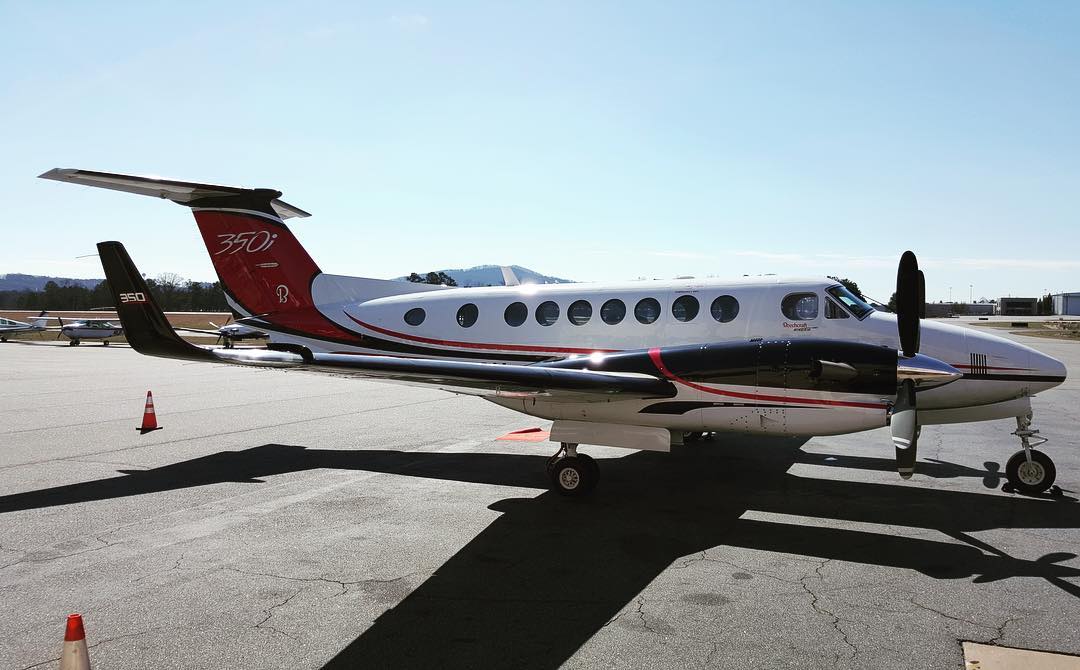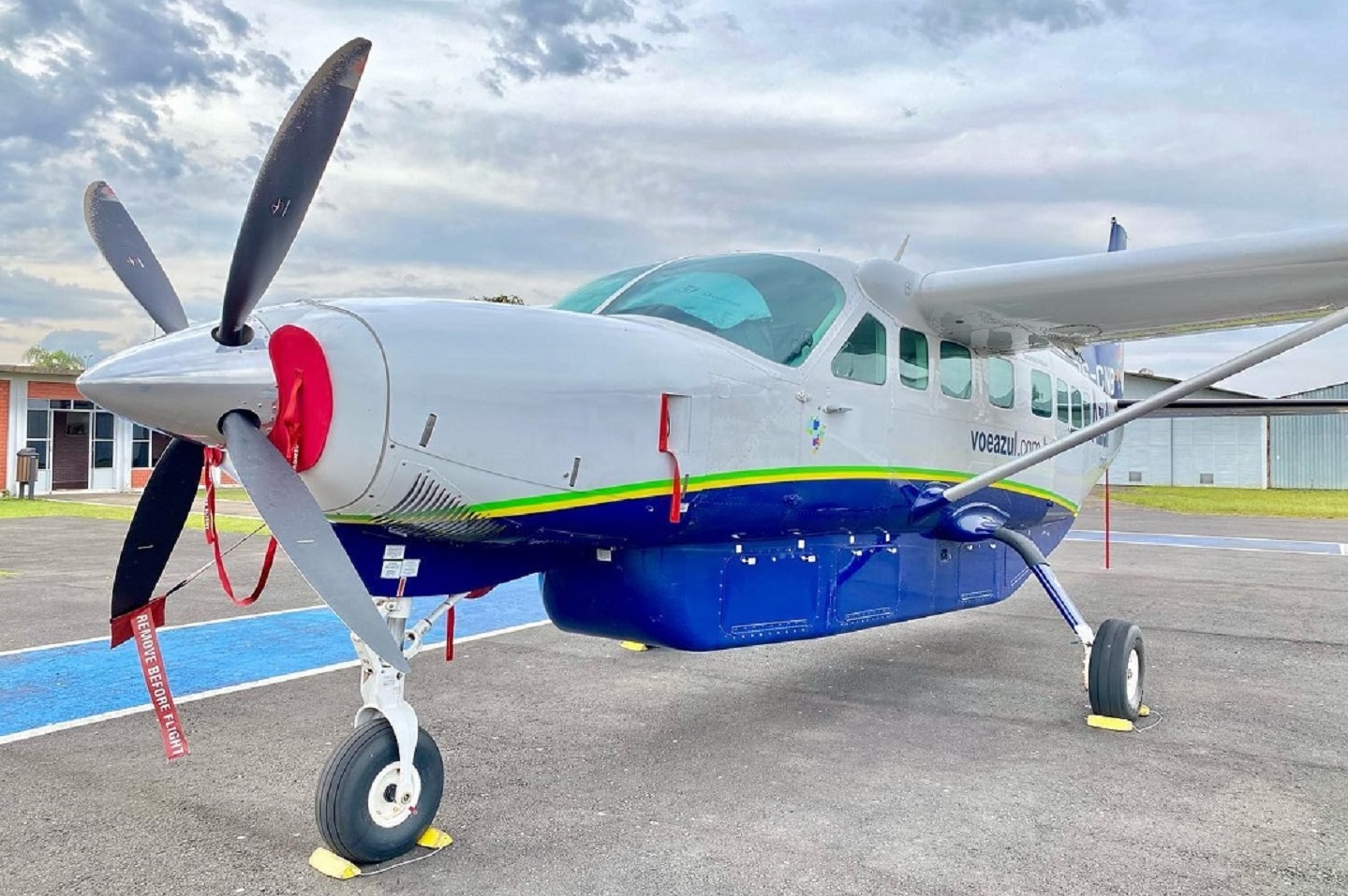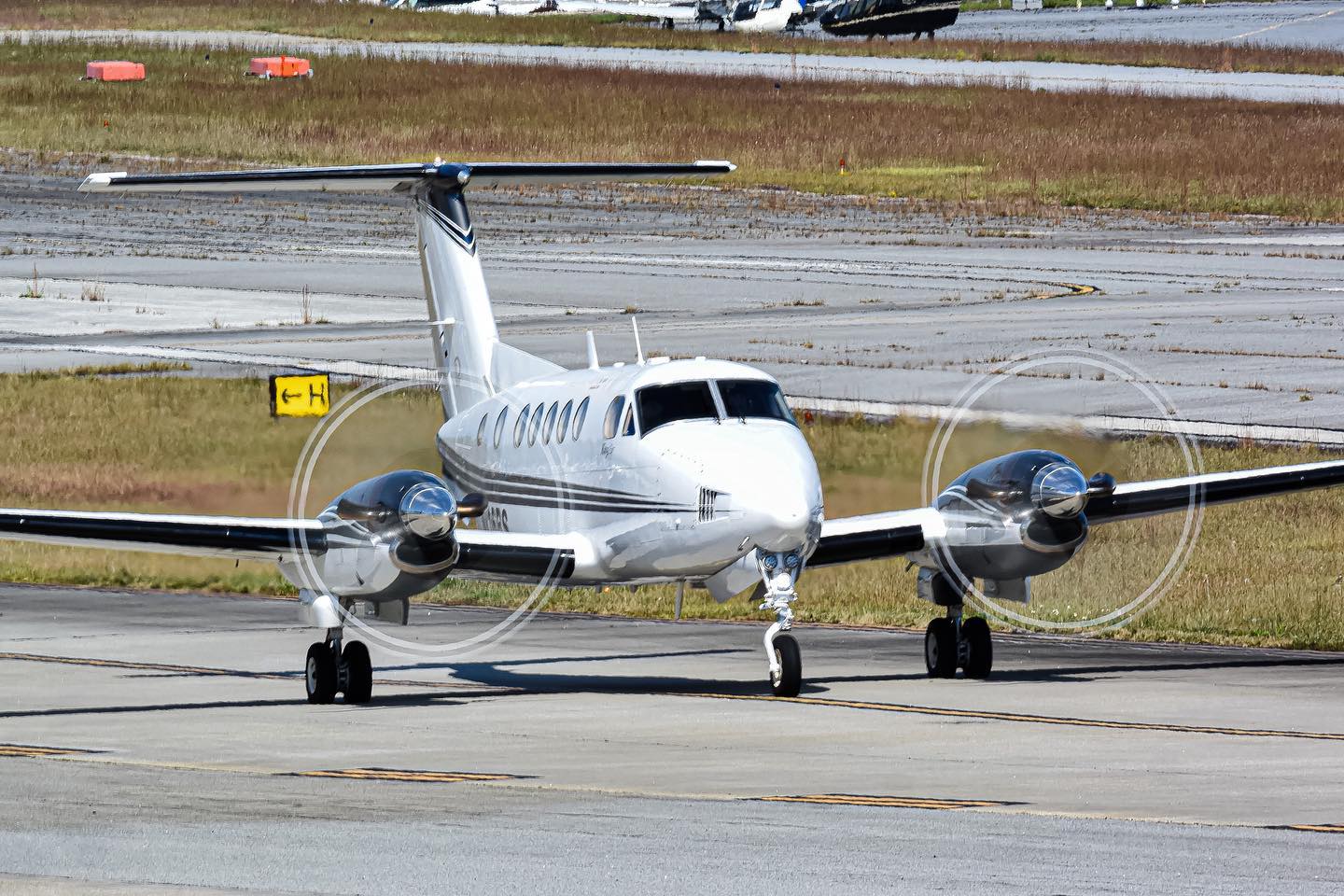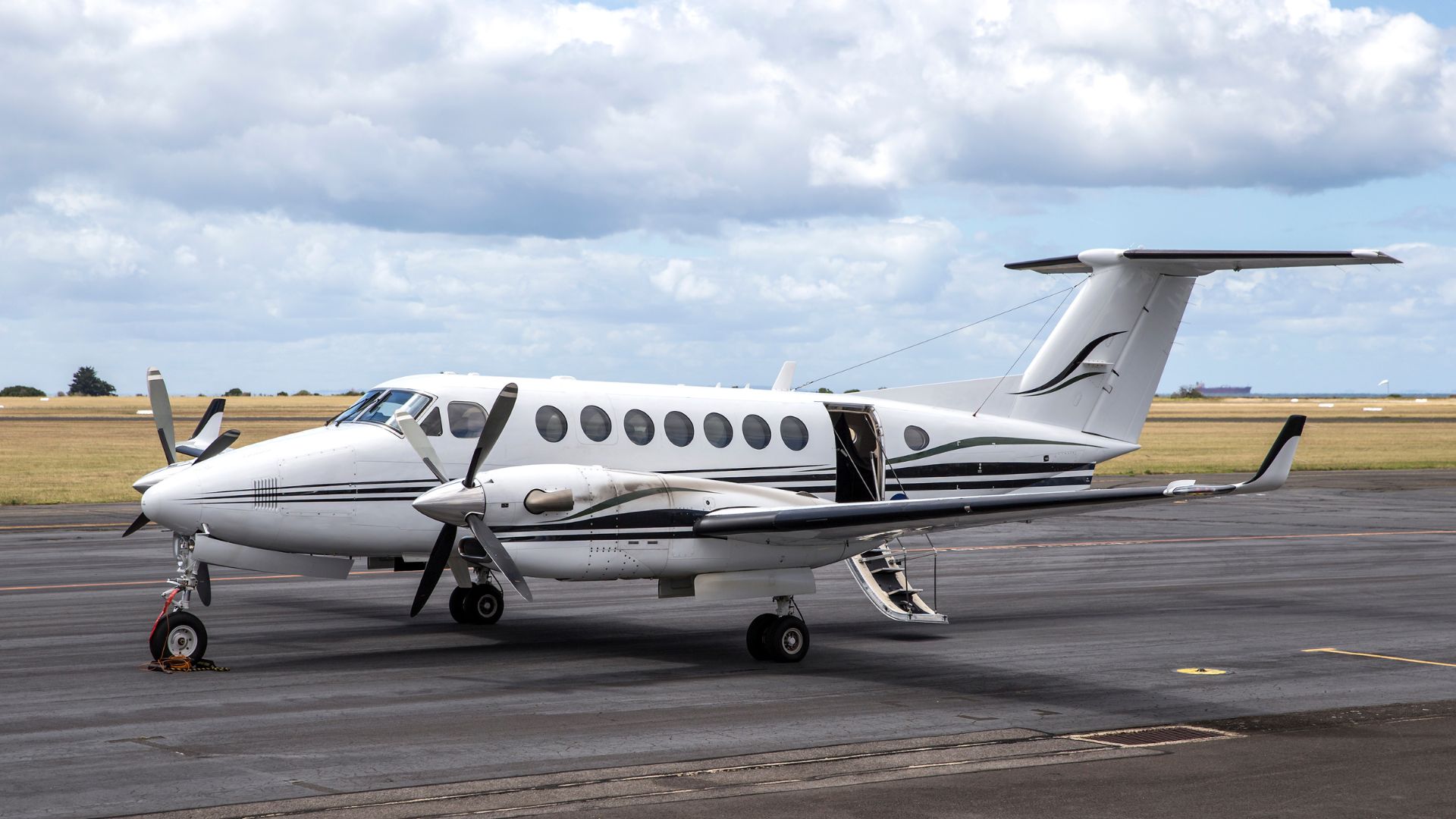Turboprop aircraft are gas turbine-powered propeller aircraft that are the most economical choice for short to medium-haul flights and are often used for island hopping. Such business jets can take off and land on almost any flat surface, including unpaved runways.
The speed of such aircraft is 300 knots, and the flight range is 1000 miles, which is an excellent alternative to light jet aircraft. In addition, the cabin can accommodate 6-10 passengers. Turboprops are also reasonably priced, making them a perfect option for budget travelers, and in terms of flight comfort, it is not inferior to jet aircraft. In this article, we explore all about Turboprops.
1. What Is a Turboprop Jet Plane
A turboprop jet, also known as a turboprop, is a type of aircraft that uses a gas turbine engine to drive the propeller. A turbine engine, also known as a gas turbine, provides power to spin the propeller, which creates thrust to propel the aircraft through the air.
The term “turboprop jet” can be misleading because it implies that the aircraft is equipped with a jet engine, but it is a hybrid of jet and propeller engines. The turbine engine provides power to spin the propeller, and the propeller provides thrust to propel the aircraft forward. This combination results in more efficient and economical propulsion than traditional jet engines.
2. Advantages of a Turboprop Airplane
A turboprop jet has many advantages, the most important being light. Thanks to this, the aircraft can:
- They are known for their ability to fly at lower speeds and altitudes than jets, making them suitable for short to medium distances;
- High fuel efficiency and low operating costs make them popular with regional airlines and private operators;
- Versatility, they can operate from short and unpaved runways, making them ideal for regional and remote destinations;
- Quieter than traditional jets, making them suitable for noise-sensitive areas;
- Additional space for luggage and in the cabin for greater convenience;
- They need less fuel than jet planes.
3. When Better to Choose a Jet Aircraft Than a Turboprop
For example, midsize jets are faster and have a more extended range, so if you plan a long-distance trip, it is better not to choose turboprops. They fly at low altitudes, so your travel may not go smoothly in bad weather.
There are better ideas for large groups of passengers than such an aircraft. Turboprops can only accommodate a few people on board; for many passengers, choose a different jet type.
4. Top 3 Turboprop Planes
King Air 350I

Photo credit: instagram.com
King Air 350I Features
- Passenger Capacity: 11 passengers
- Max Operational Speed: 312 ktas
- Cabin Height: 4.75 ft
- Cabin Width: 4.5 ft
- Max Range: 1,806 NM
- Baggage Capacity: 71 cu ft
- Cabin Length: 19.5 ft
King Air 350i is one of the best solutions for short-haul flights. It has a good range and can fly short to medium distances like similar aircraft, but it is more economical.
Cessna Grand Caravan EX

Photo credit: instagram.com
Grand Caravan EX Features
- Baggage Capacity: 32 cu ft
- Cabin Height: 54 in
- Max Operational Speed: 195 ktas
- Passenger Capacity: 10
- Cabin Width: 64 in
- Max Range: 964 NM
- Cabin Length: 16 ft 9 in
This powerful engine is the main feature of the Caravan EX from other models. This aircraft is cozy with big soft leather seats, a quiet cabin, and a bright LED backlight. It makes this plane suitable for safe, comfortable, and fast flights.
King Air B200

Photo credit: instagram.com
King Air B200 Features
- Cabin height: 4 ft 10 In
- Range: 1500 nm
- Cabin width: 4 ft 10 In
- Passenger capacity: up to 6
- Cabin length: 16 ft 8 In
- Max Cruise Speed: 226 kts
The King Air B200 is powered by Pratt & Whitney PT6A-41 reverse-flow engines. Also, the aircraft has a convenient and straightforward configuration and a perfect communication system, has a toilet on board, soft, comfortable seats, and a spacious luggage compartment.
Also among the popular models of turboprop jets are the Bombardier Dash 8, ATR 42/72, and Embraer E-Jet E2. These aircraft carry approximately 70-90 passengers and are used by regional and commuter airlines and corporate and private operators.
5. Why Not Book Turboprop Aircraft
A turboprop jet is a type of aircraft that uses a gas turbine engine to drive the propeller. It is a hybrid of jet and propeller engines, resulting in a more efficient and economical form of propulsion. They are versatile and can operate from short and unpaved runways, making them ideal for regional and remote destinations.
If you need more experience in private transportation and assistance with booking a private jet charter, contact our experts, and we will answer any of your questions and help you charter the right aircraft.

